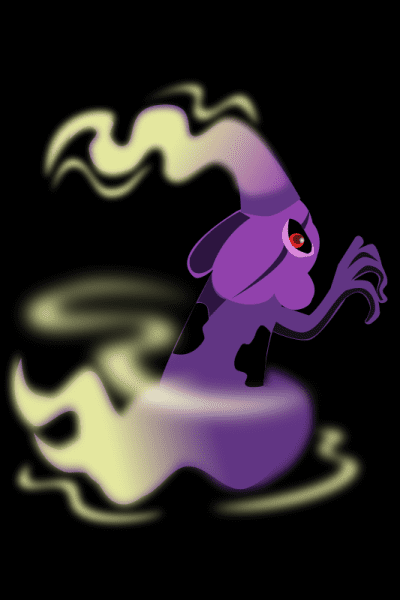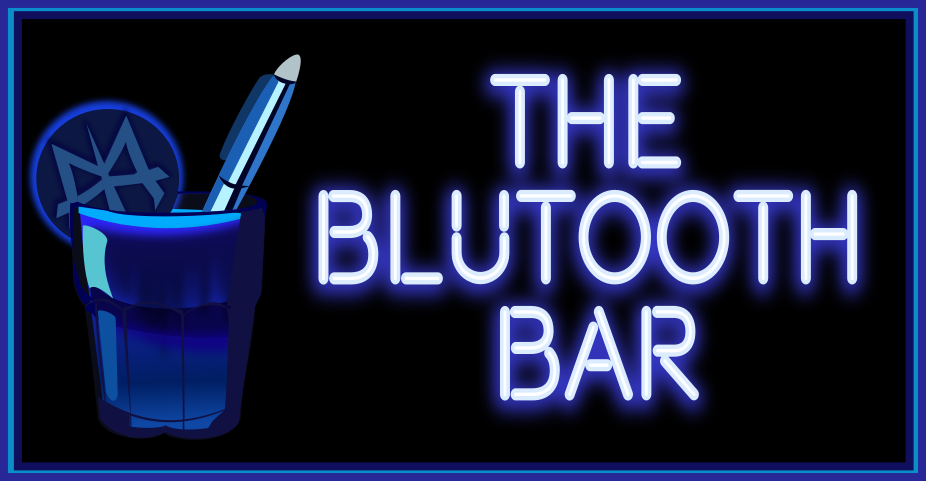Poison
Alert

Combat
Type
Power of Toxicity
Immune to Poison
Setup: Manifest two poison aur in the forge for each alien in the match.
As a leader, when a negotiation would occur after you deployed a trojan, use this power to cause a massacre instead. If your opponent deployed a trojan, use this power to blitz the opponent. You do not take poison damage.
Legacy: Manifest five poison aur in the forge. Aliens do not take poison damage.
Many eons ago, a great noxious chemical was discovered and repurposed into a powerful weapon. After tracing its origin back to the source, they found a being that could wield that weapon better than any other. The Poison sent out their heartfelt gratitude for being granted the tool needed to conquer the Cosmos.
Leader: Negotiation
Leader: Combat
Mandatory
Wild Flare
As a leader, during a clash, if your opponent discharges a higher driver than you do, you may discharge this flare to make your fleet a trojan.
Leader: Clash
Super Flare
Whenever one or more aliens take poison damage, you may discharge this flare to ravage one more ship from those alien(s).
Any: Any
Modifications
- Poison received one of the most thorough redesigns out of any of the classic FFG aliens. Original Poison had two effects. One caused it to win if its driver was within 2 of the opponent’s similar to my Genius. The other causes foreign bases in Poison’s system to lose one ship when a hazard warning occurs.
- Original Wild Poison lets you destroy a ship on a planet after you aim the gate at it. I changed it to one more focused on P pods.
- Original Super Poison wins if the difference between pods is 3 or less, rather than 2. I considered this effect for Super Genius but decided to keep the difference at 2 due to the value spacing of my aur.
- Poison’s legacy makes it so no aliens take poison damage, meaning no aliens are aware if their opponent is holding a P pod. This effect makes all aliens more “toxic”, since P pods become more threatening, but also aliens become more resistant to their effects. Aliens that gain many pods are more punished, since they have to intentionally reduce their cache size to avoid falling victim to P pods. Or they have to play Ns constantly, risking loss via the normal means. Original Cosmic has no legacies.
Tips
- Unless you know exactly what is in Poison’s cache, it could have a P pod at any time, just like Pacifist with N pods. This also means there is little utility in playing N pods against it, since you might just end up taking P pods from it. N pods are not as effective against P pods if Poison is involved, so it is better to save them for the other aliens that might have P pods.
- Poison’s power makes it unwise to play P pods against Poison, as they effectively remove the value of your driver from the encounter. This also has the negative of keeping P pods in their cache for longer, resulting in more poison damage being taken. However, Poison is also incentivized to take P pods from opponents with compensation, as it’s one of the easiest ways to obtain more P pods for future encounters. No one is greatly incentivized to take compensation from Poison, since it is never clear if Poison is holding P pods or not.
- With Poison in the match, every alien will want to keep their cache small. No alien, including Poison, gets bonus strength from P pods. A cache with only 2-4 pods will only have to deal with P pods of 04 to 08 might. Backer boons can still be utilized to help offset poison damage since the number of P pods in the match will be increased.
Development Notes
- With Poison, I wanted to resolve the issue of its two original effects having little connecting tissue and the overall power lacking a strong identity as a result. I also wanted to come up with a new idea for an encounter pod, as the original game had not done so since the invention of the retreat pods. With Poison, I came up with an idea to do both through the P pod.
- P pods were originally designed around the idea of having an encounter pods that defeats strong pods but loses to weak pods, similar to an effect like Anti-Matter. I designed it so that an alien can calculate whether they can defeat a P pod before pods are revealed if they know what pod they will play. To make it dynamic and give the brigade side more agency, I based it off the number of committed ships in the brigade’s fleet. The way I interpret it, the power from the attack pod is used against the fleet, and if the fleet has enough mass to tank the damage, they can override it and fire it as normal. Otherwise, their fleet blows up due to the subversive strategy. In terms of trojan vs. envoy, there is no power to invert, but use of poison against peaceful envoys is against the Cosmic equivalent of the Geneva Convention, resulting in a one-sided negotiation. It provides another situation that gives negotiation and N pods a chance to win encounters.
- My second idea regarding P pods was to have even values win against it and odd values lose. This idea was done to make P pods compatible with Joker, since the original idea made them too oppressive. It still keeps the values deterministic and allows aliens to plan for P pods in advance, but they may be restricted from using their strongest pod if their ships and pod don’t add up to an even value. Reinforcements could be used to generate a 50/50 coin flip to dodge poison. Ultimately I decided I didn’t like this design for the player using the P pod, as it effectively made any encounter into a coin flip, one of the main issues with original Trickster.
- I decided to go with another idea to give P pods a deterministic amount of power. By using the cache size of the opponent, they can provide a dynamic amount of power that is still predictable before pods are revealed. My idea for the theme was that the poison infests the opponent and turns their strength against them, which is why it uses the opponent’s cache size instead of the user’s. The poison damage still serves the purpose of providing a warning to aliens with large caches, since it still gives them the additional incentive to play N pods. Also, if both aliens have a P pod, it gives them the warning against playing it. I think the warning is especially necessary when there are many P pods in the forge, since cataclysms would be much more likely otherwise. I chose to double the size of the cache for the driver to make P pods generally strong in combat but vulnerable to M, N, and other P pods. The average cache should have fewer than 8 pods in most cases. The act of collecting 20 pods is difficult to accomplish even with original Genius’s power, which is why it is an alt-win condition. A 20-pod cache would make a P pod effectively another 40, minus 2 for the driver and any flares, artifacts, reinforcements the user wishes to play. It should prevent P pods from being too strong in relation to other pods, especially with the power of N pods to completely shut them down.
- Since my forge has about 100 pods, and aliens receive 8 pods each at the start of the match, roughly 32-64 pods will be drafted depending on the number of players. With 3 P pods already in the forge, I settled on adding 8-16 additional poison aur to make it reasonable that multiple P pods will be drafted at game start without making it close to a majority. When 7-8 aliens are in the match, an additional 24 other pods are added to the match, helping to dilute the poison. 10-15% of pods being P pods is about what I’m looking for Poison matches. If the match also takes place in the Toxic dimension, the number is increased to a range of 20-25%, which would be unreasonable for the base game but should be fine for a wackier custom game. There are 12 N pods in a game (17 in a larger game), if comparing to Pacifist, so this is about on-par when the inflation of the forge is factored in.
- Poison pods are most dangerous when both aliens possess them, which normally won’t happen due to how limited they are. A cataclysm occurs when both aliens play their P pods, destroying all committed ships. I interpret poison to punish “odd” might as a more unstable value. The ship becomes unstable due to the infection and explodes, as opposed to remaining stable and fighting through the infection with an even value.
- Poison damage is a crucial aspect to both the P pod mechanic and Poison itself. I set the timing of it occurring to be approach, so that it will be fresh in the players’ minds when it happens. In addition to punishing the owner of the P pod and incentivizing them to play it as soon as possible, it also provides a warning to the opponent that they are holding at least one P pod. It also discourages compensation while incentivizing playing N pods, since envoys invoke an advantageous negotiation if opposing a trojan. Since Poison does not take poison damage, players won’t know if Poison has a P pod without some kind of information power like Mind or Inquisitor.
- After more consideration, I wanted to give Poison the ability to bypass the weakness of P pods vs. N pods instead of making it stronger in combat. Poison’s nature is poison, so it isn’t perceived as serious of a violation when Poison attacks with it. Instead, they just suffer the normal penalty of paying compensation against it, meaning they still win the encounter and may even gift their opponent some P pods. The combination of Poison’s two use clauses means that Poison is impervious to the negative effects of N pods, P pods, , and M pods if it plays a P pod itself. It wins against Ns with a massacre and blitzes the opponent in the latter two cases. Therefore, the only way to beat Poison playing a P pod is to overpower it directly with might.
- Since Poison is the first alien based around P-pods, I wanted a Pacifist-style effect to keep it simple, but I wanted to keep it in-line with the nerfed version of Pacifist I designed. In order to maximize utility of P pods for Poison, I elected to make Poison effectively immune to the opponent using them. However, instead of making P pods an auto-win on Poison’s side where it has more agency, I had it double the Poison effect, giving brigades a greater chance of winning if their cache is small enough. It makes Poison more of an Anti-Pacifist, where its opponent has more of the agency in relation to its auto-win.
- Interestingly, in a Poison vs. Pacifist matchup, Pacifist has the clear advantage. Not only do N pods beat Poison pods, but Pacifist is the only one that can decide which alien blitzes the other.
- The setup clause was necessary to make sure enough poison aur is in the forge, as the strength of Poison is entirely based on how much poison is in play. Too much poison and Poison is overpowered. Too little, and it’s a non-effect.
- Due to its power timing, Poison cannot take poison damage unless its power is deactivated. Zapping won’t affect it in this regard. 3
